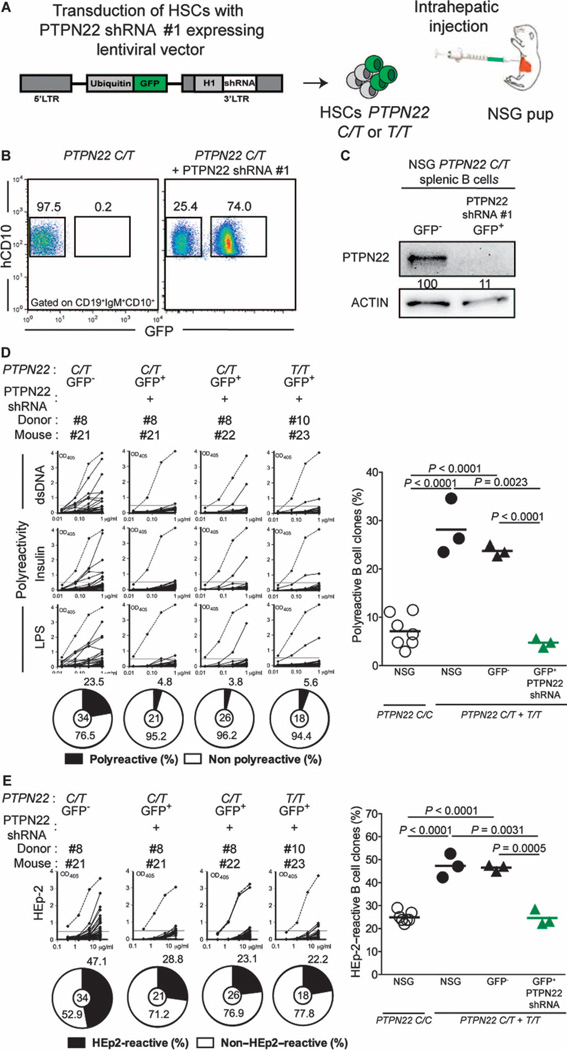Fig. 4. Inhibition of PTPN22 expression during B cell development resets central B cell tolerance.
(A) CD34+ HSCs carrying PTPN22 T allele(s) were transduced with lentiviruses, allowing the expression of PTPN22 shRNA before injection into the liver of 3-day-old NSG mice. (B) Representative flow cytometry analysis of CD19+ cells isolated from the spleen of NSG mouse engrafted with PTPN22 C/T HSCs transduced with a GFP-tagged lentivirus expressing PTPN22-specific shRNA. CD19+ B cells were stained with anti-hCD19, anti-IgM, and anti-hCD10 antibodies. The frequencies of GFP-negative and GFP-positive shRNA+ new emigrant B cells are shown. (C) PTPN22 protein expression in GFP-negative and GFP-positive shRNA+ hCD19+ cells isolated from the spleen of NSG mice; β-actin is used for normalization of protein expression. Percentage of knockdown is indicated. (D and E) B cell–intrinsic PTPN22 expression is required for central B cell tolerance. The frequencies of polyreactive (D) and HEp-2–reactive (E) new emigrant B cells from sorted GFP-positive fractions expressing PTPN22 shRNA were determined and compared with those of GFP-negative new emigrant B cells. Dotted lines show positive control. For each B cell fraction, the frequency of reactive (solid area) and nonreactive (open area) clones is summarized in pie charts, with the total number of clones tested indicated in the center. In summarized reactivity panels on the right, each symbol represents a mouse. The average is shown with a bar, and statistically significant differences are indicated.

